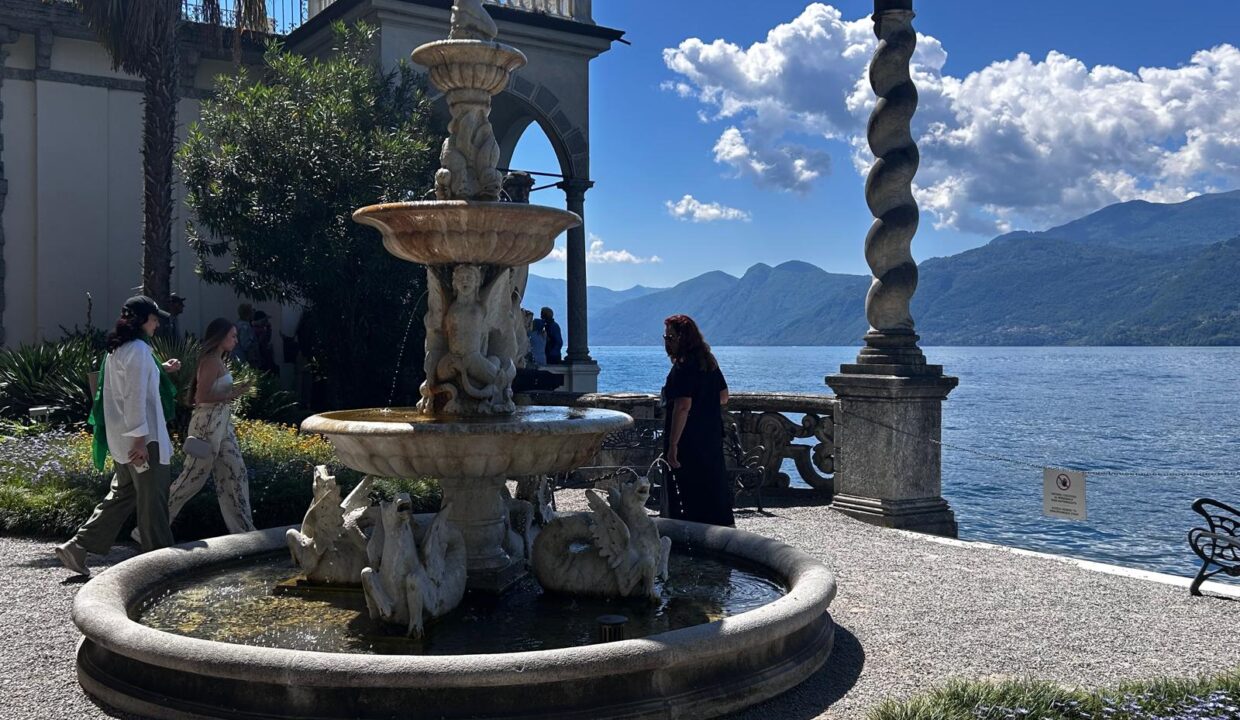
Eclectic Homes
Nineteenth-Century Eclecticism: Living with History, Dwelling in Time
During the 19th century, Europe experienced a vibrant cultural awakening. This shift touched every aspect of daily life—literature, art, architecture, and interior design. One of the era’s most striking trends was eclecticism. People began to blend past artistic and architectural styles based on function, symbolism, and personal taste.
Unlike earlier centuries, which favored stylistic unity and coherence, the 1800s celebrated freedom of expression. Personal taste shaped design choices. Homes no longer served merely as shelters. They became theaters of everyday life, reflecting the culture, personality, and aspirations of their inhabitants.
Eclectic Homes: A Room, an Era
This trend became especially visible in upper-class and aristocratic villas, particularly from the late 1800s to the early 1900s. People designed interiors as visual narratives. Each room adopted a distinct historical style—Neo-Renaissance, Rococo, Neo-Gothic, Pompeian, or Orientalist. These choices were never random. Each reflected the room’s function and the message the owner wanted to send.
Thus, furnishing became a visual language. It communicated knowledge, taste, and above all, social status. For example:
-
Neo-Renaissance style often appeared in dining rooms or studies. It expressed discipline, solidity, and prestige. The reference to Italian Renaissance culture signaled intellectual and artistic authority.
-
Rococo style, soft and decorative, suited bedrooms or private salons. It conveyed intimacy, elegance, and refined frivolity.
-
Pompeian or Roman bath style transformed bathrooms into places of luxury and wellness. It recalled ancient Rome and its ideal of otium, or serene leisure.
Symbols and Meaning: A Bourgeois Code
Each style carried symbolic weight. Renaissance meant rationality and public life. Rococo stood for privacy and charm. Ancient Roman themes suggested health, order, and monumentality. In this way, the house became a kind of visual autobiography. Every room revealed not only aesthetic preferences but also cultural identity.
Interior design manuals also supported this strategy. These books, widely popular at the time, gave readers clear advice. They recommended choosing different styles for different rooms, based on each room’s function. As a result, eclectic taste became part of a broader bourgeois cultural model.
Villa Monastero: When Eclecticism Becomes Art
Villa Monastero in Varenna offers a remarkable example of this vision. The villa’s famous “Bath of King Farouk” combines Neo-Pompeian and Orientalist elements. The Kees family commissioned the space. It features elegant tiles, fine marble, a grand tub with swan-head faucets, and a sophisticated German air-heating system—still working today. This room goes far beyond utility. It becomes a temple of well-being, a classical homage expressed through modern technology.
Jacob von Falke: The Modern Man as a Time Traveler
Few understood the depth of this phenomenon as well as Jacob von Falke, art historian and director of the Austrian Museum of Applied Arts. In 1873, during the Vienna World’s Fair, he offered one of the most vivid portrayals of the modern man. He wrote:
“He sleeps in the eighteenth century,
dines in the sixteenth,
sometimes smokes a cigar and drinks coffee in the Orient,
and bathes in Pompeii or ancient Greece.”
This poetic, ironic description captures a key idea. The modern man no longer lives in just one era. Instead, he moves through history, piecing together a daily life from many periods.
First: Sleeping in the Eighteenth Century
Bedrooms featured Louis XV or Louis XVI furniture, decorated walls, and damask fabrics. These refined styles recalled Enlightenment salons and aristocratic elegance. They fit private, intimate spaces.
Second: Dining in the Sixteenth Century
Dining rooms evoked Renaissance banquets. Heavy furniture, Italian-style ceramics, iron chandeliers, and ornate silverware created a solemn, historical atmosphere. Meals became rituals of social display.
Third: Enjoying Coffee and Cigars in the Orient
Cuban cigars and Turkish coffee signaled luxury and worldliness. People decorated these corners with Persian rugs, silk cushions, hookahs, and lanterns. This setup embraced the 19th-century taste for exoticism.
Last: Bathing in Ancient Worlds
Bathrooms became classical sanctuaries. Marble, mosaics, statues, and deep tubs echoed Roman and Greek ideals of beauty and hygiene. The bath became a space for contemplation and pleasure.
A Journey Through Time
This eclectic journey is not just about style. It’s cultural. It’s personal. According to Falke, the modern individual builds their world by reassembling fragments of history. They use memory creatively to shape modern identity.
Eclecticism as a Way of Thinking
Eclecticism is more than a style. It means that It reflects a worldview. It shows how people relate to history and culture. Each home becomes a living manuscript. Every object, every style holds meaning. People don’t copy the past—they reinterpret it. The result is a new kind of modernity, one that stays rooted in memory.
A Living Legacy
More than a century later, Falke’s insight still resonates. Even today, we continue to blend styles, drawing from multiple eras. We still quote the past and design spaces that reflect who we are—through the lens of what came before. Whether in fashion, art, or interior design, eclecticism remains not only relevant, but essential to contemporary creativity.
Ultimately, nineteenth-century eclecticism was never just a trend. Rather, it was a way of life. It invited people to see the past not as lost, but as a living source of meaning. It encouraged them to use history to enrich the present—with knowledge, depth, and vision.
